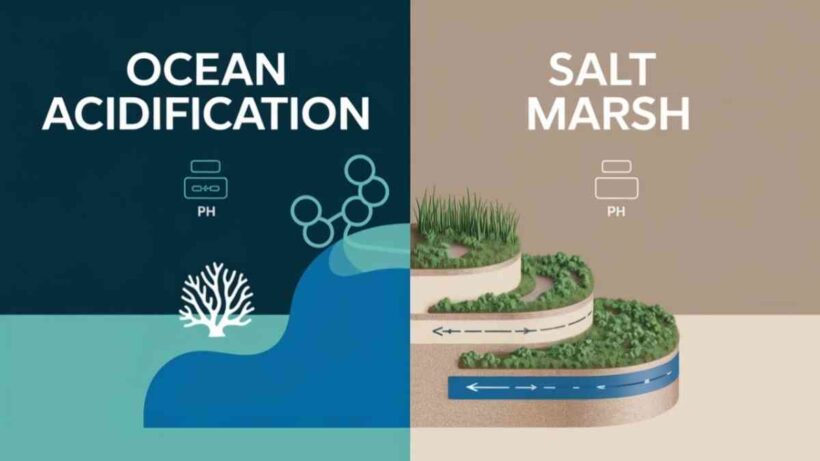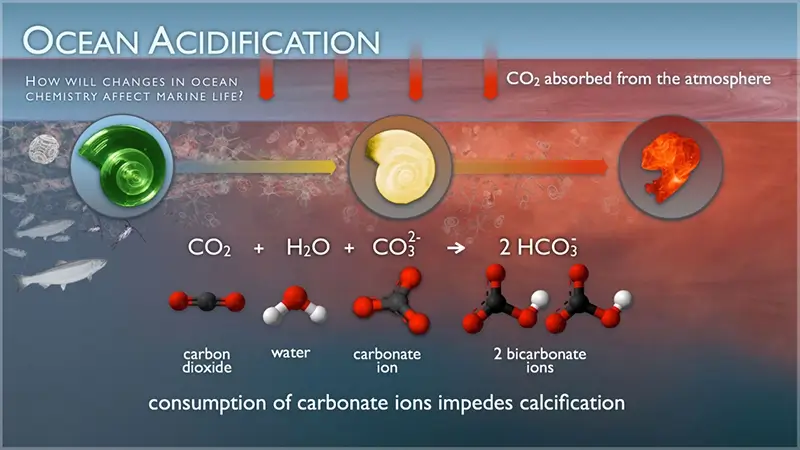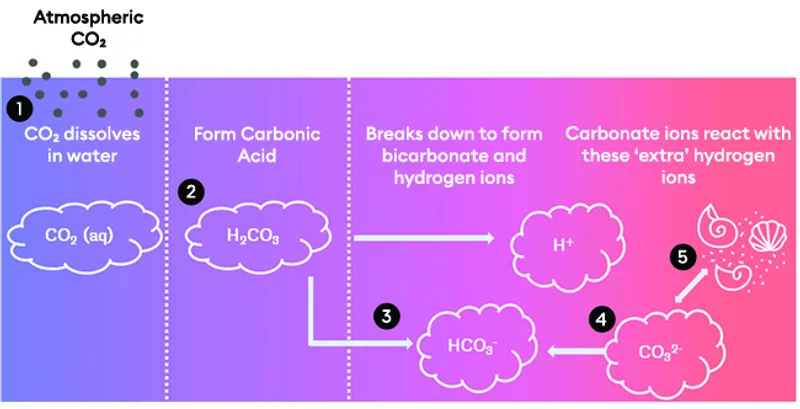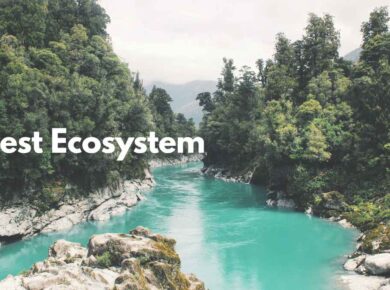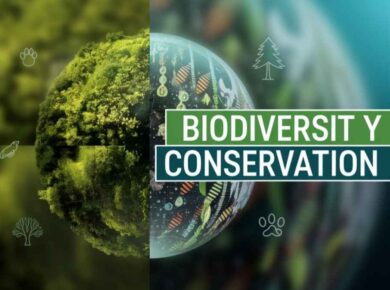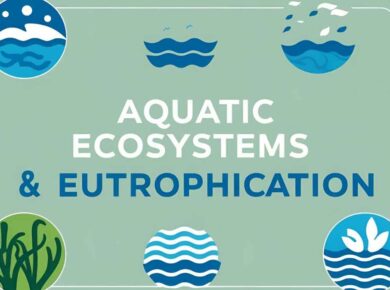Ocean Acidification & Salt Marsh Ecosystem
Ocean acidification
Ocean acidification is the ongoing decrease in the pH of the Earth’s oceans, caused by the uptake of carbon dioxide (CO2) from the atmosphere.
- When carbon dioxide enters the ocean, it combines with seawater to produce carbonic acid, which increases the acidity of the water, lowering its pH
- Although it is unlikely that the ocean will ever become actual acid (fall below a pH of 7.0), the term acidification refers to the process of the oceans becoming more acidic
A consequence of the oceans becoming more acidic is the binding up of carbonate ions, which are used by marine creatures to make their calcium carbonate shells and skeletons. As the availability of carbonate ions decreases, it becomes more difficult for these animals to build their calcium carbonate structures.
dvertisement: World’s fastest hosting – secure, reliable, limited-time offer! Click now!
Oceanic carbon facts
- Oceans contain largest amount of C, mostly near their surface and as HCO3- . The typhoons and storm bury lot of C as they wash away sediments.
- Towards the pole, water becomes cooler and hence more CO2 becomes soluble into the water and hence more C absorption.
Upwelling
- Wind-driven motion of dense, cooler, and usually nutrient-rich water towards the ocean surface, replacing the warmer, usually nutrient-depleted surface water
- In regions of upwelling, C is released into the atmosphere and in regions of downwelling, it is absorbed into the ocean.
Revelle factor
- The level of carbon in oceans doesn’t vary in unity with the partial pressure of atmospheric CO2.
- It varies by a factor called Revelle factor which is ~10 i.e. for 10% increase in partial pressure of atmospheric CO2, oceanic carbon content will increase by 1%.
Hydrarch and Xearch Successions
- Hydrarch succession takes place in a wet place where plants grow so as to take it to mesic level.
- Xearch succession takes place in a dry place where plants grown so as to take it to mesic level.
Mesic condition is the medium water condition.
Salt Marsh Ecosystem
- Occur in temperate and high latitudes coasts in sheltered environments such as embankments, estuaries & leeward side of barrier islands – Dominated by Herbaceous plants
- In the tropics they are replaced by mangroves; an area that differs to a salt marsh as instead of herbaceous plants, It is dominated by trees
- A herbaceous plant has leaves and stems that die down at the end of the growing season to the soil level. They have no persistent woody stem above ground. Annual herbaceous plants die completely at the end of the growing season and they then grow again from seed.
- Herbaceous perennial and biennial plants have stems that die at the end of the growing season, but parts of the plant survive under or close to the ground from season to season (for biennials, until the next growing season, when they flower and die).
- Elevation is an important aspect of salt marsh ecosystem. At higher elevations, there is much less and variable tidal inflow, resulting in lower and variable salinity levels (salinity will depend on evaporation and flooding which can both be unpredictable).
- Soil salinity in the lower marsh zone is fairly constant due to everyday annual tidal flow compared to high altitudes.
For more updates, explore the Environment category. Feel free to share your thoughts and comments
If you’re passionate about building a successful blogging website, check out this helpful guide at Coding Tag – How to Start a Successful Blog. It offers practical steps and expert tips to kickstart your blogging journey!
